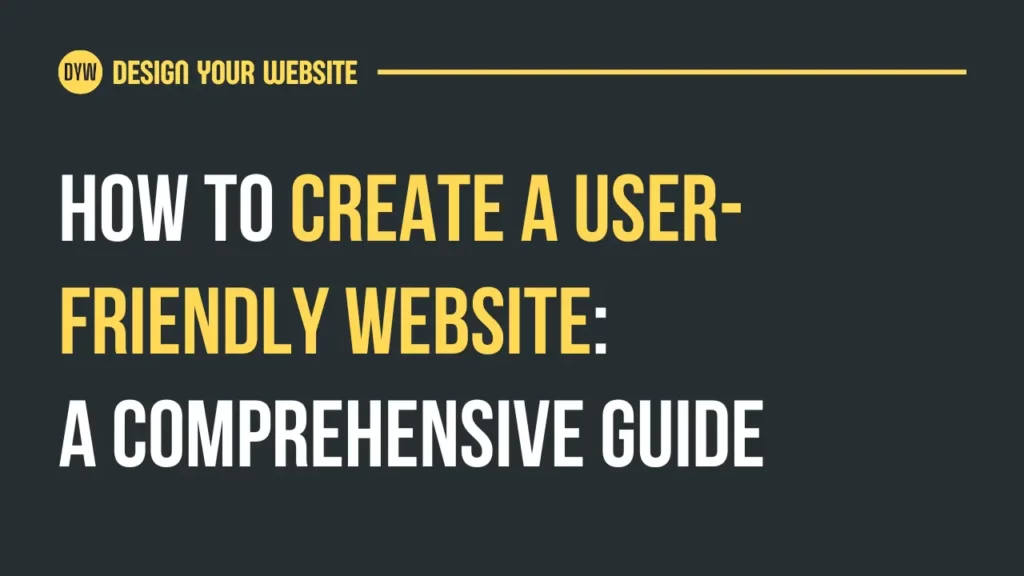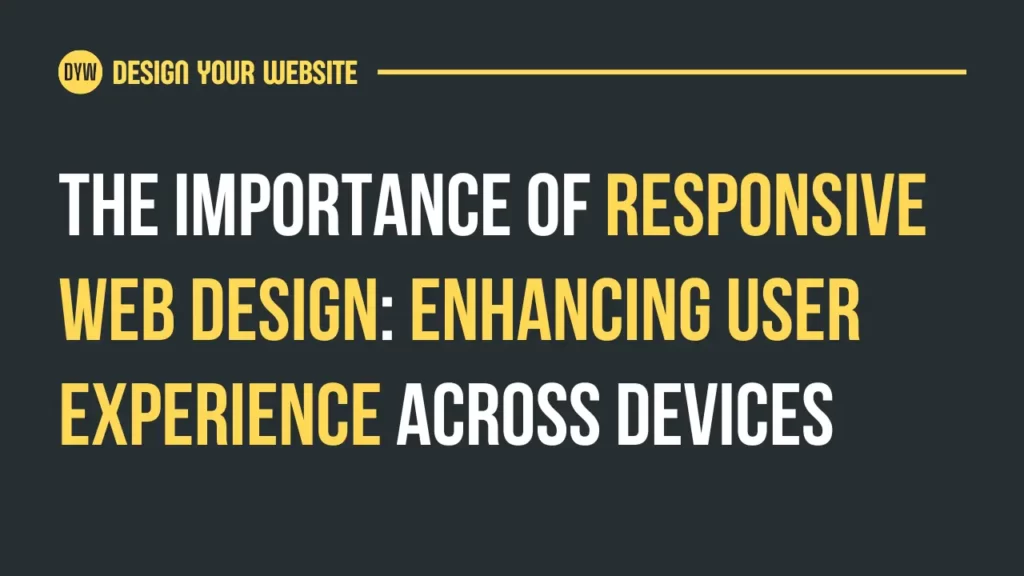User-Friendly Website
In today’s digital age, having a user-friendly website is essential for any business or individual looking to establish a strong online presence. A user-friendly website not only enhances the overall user experience but also boosts engagement, conversions, and search engine rankings. In this comprehensive guide, we will explore the key principles and best practices to create a user-friendly website that delights visitors and achieves your business goals.
Importance of User-Friendly Websites
A user-friendly website plays a vital role in attracting and retaining visitors. It ensures that users can easily navigate, find desired information, and complete desired actions. Additionally, user-friendly websites encourage positive user interactions, improve conversion rates, and foster brand loyalty
Understand Your Target Audience
To create a user-friendly website, it is crucial to understand your target audience. Conduct thorough research, analyze demographics, and identify their needs, preferences, and online behavior. This knowledge will guide your design decisions and content strategy.
Streamline Navigation and Site Structure
Simplify your website’s navigation to help users find what they are looking for effortlessly. Use clear and concise menu labels, logical hierarchical structure, and implement breadcrumbs for easy backtracking. Incorporating a search function further enhances the user experience
Responsive Web Design for Multiple Devices
With the increasing use of mobile devices, responsive web design is essential. Ensure your website is mobile-friendly, adapting seamlessly to different screen sizes and resolutions. Responsive design improves user experience, reduces bounce rates, and boosts search engine rankings
Optimizing Page Load Speed
Page load speed is critical for user satisfaction and search engine rankings. Optimize images, minify code, leverage caching techniques, and use a reliable hosting provider to ensure fast-loading pages. Regularly monitor and optimize page speed to maintain optimal performance.
Crafting Engaging and Intuitive Content
Create compelling, well-organized, and easy-to-read content that resonates with your target audience. Use headings, bullet points, and white space to enhance readability. Incorporate relevant visuals, videos, and infographics to make your content more engaging and shareable.
Utilizing Clear Call-to-Actions
Guide users towards desired actions through clear and strategically placed call-to-action buttons. Use action-oriented language and contrasting colors to make them visually prominent. A user-friendly website ensures that call-to-actions are intuitive, guiding visitors through the conversion funnel.
Visual Appeal and Consistent Branding
Design your website with a visually appealing layout that reflects your brand identity. Utilize a consistent color scheme, typography, and visual elements throughout your site. A visually cohesive website enhances brand recognition and instills trust in your visitors.
Implementing Effective Forms and Feedback Mechanisms
Forms and feedback mechanisms should be easy to use and understand. Minimize the number of required fields, provide clear instructions, and display validation messages in real time. Implementing CAPTCHA or other security measures can protect against spam.
Test and Optimize for Continuous Improvement
Regularly test your website’s usability, functionality, and performance. Conduct user testing, analyze user feedback, and utilize web analytics to identify areas for improvement. Continuously optimize your website based on data-driven insights to enhance the user experience.
Conclusion:
Creating a user-friendly website is a multifaceted process that involves understanding your audience, simplifying navigation, optimizing performance, and crafting engaging content. By implementing the principles and best practices outlined in this guide, you can create a website that not only pleases your visitors but also drives your business forward. Remember, user-friendliness is an ongoing endeavor, so regularly test, analyze, and optimize your website to deliver the best possible user experience.
FAQs:
Q1: Why is user-friendly design important for a website?
A1: User-friendly design ensures that visitors can easily navigate and interact with your website, leading to improved engagement, conversions, and customer satisfaction.
Q2: What is a responsive web design, and why is it essential?
A2: Responsive web design is an approach that allows a website to adapt and provide an optimal experience on different devices, such as desktops, tablets, and mobiles. It is crucial to cater to the increasing number of mobile users and positively impact SEO.
Q3: How can I improve my website’s load speed?
A3: Optimize images and code, leverage caching techniques, and choose a reliable hosting provider. Regularly monitor and optimize page load speed to ensure optimal performance.




